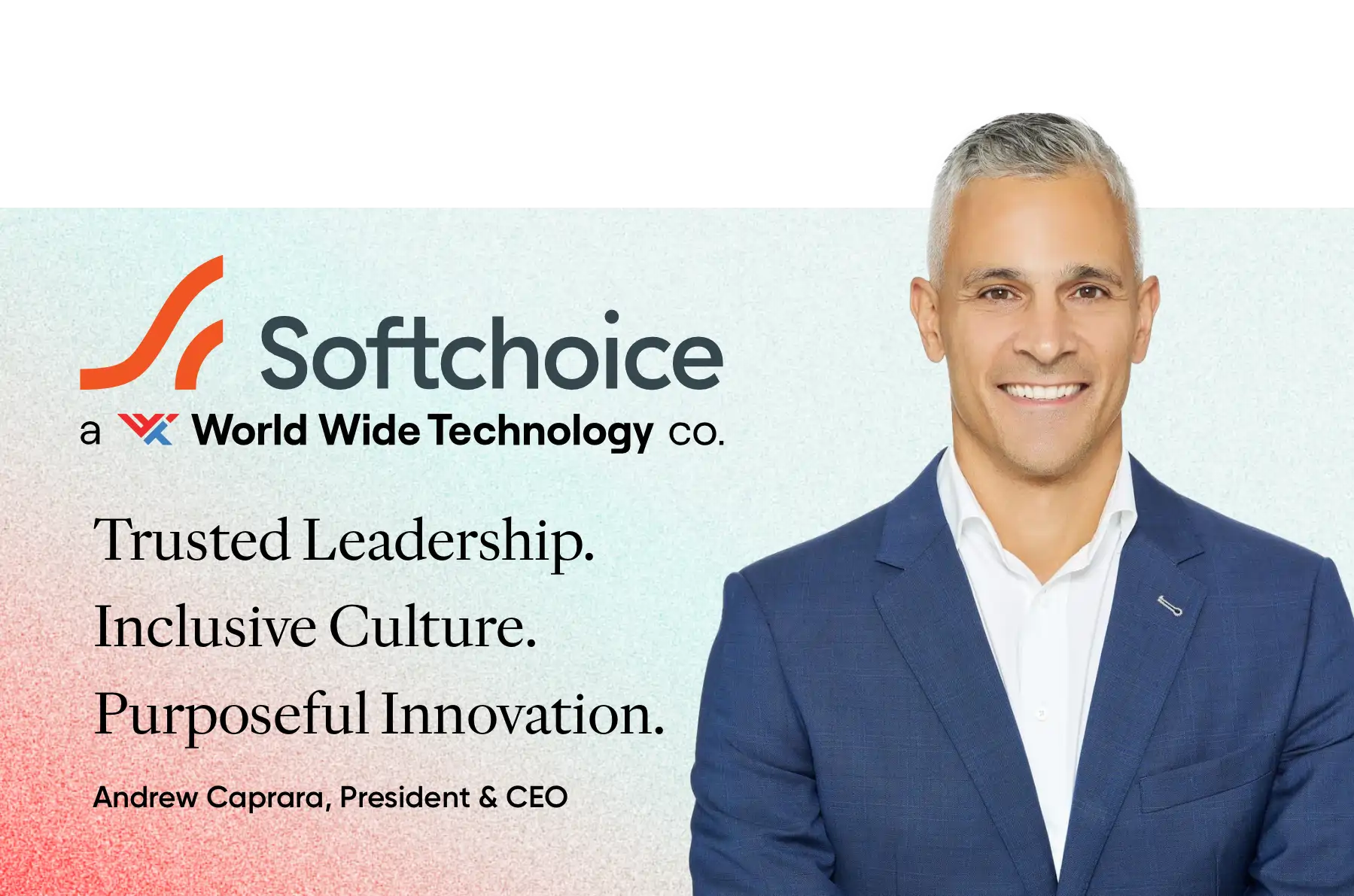Learn how employee surveys can significantly impact the ‘Movable Middle’ within your organization.
Employee surveys are an essential method for evaluating the consistency of your workplace experience. The Great Place To Work® Trust Index™ Survey allows organizations to pinpoint which demographic segments—such as age groups, racial or ethnic backgrounds, management levels, or departments—are thriving and which may require additional attention.
It’s important to identify items and groups that show a high rate of neutral responses. These individuals make up the “movable middle” and represent a key area for potential improvement and accelerated progress.
What is the "moveable middle?”
The Trust Index™ Survey uses a different approach than the traditional Likert scale found in employee net promoter score (eNPS) surveys. Rather than simply measuring agreement or disagreement with a statement, it focuses on consistency—how frequently employees experience certain aspects of their workplace.
Returning to the Muay Thai example, this survey scale emphasizes how often something is true—for instance, how regularly management communicates openly, how consistently employees feel treated fairly, or how often people feel comfortable being themselves.
The middle-point responses—such as “sometimes true” or “sometimes untrue”—are signs of inconsistency. These don’t mean employees never have positive experiences, but rather that such experiences are not reliable or steady.
This type of inconsistency raises important questions: When are employees having positive experiences? When are they not? What variables might be shaping these outcomes? What steps can be taken to improve that experience?
For example, if many “movable middle” responses appear around statements related to compensation, the issue may lie in how compensation is communicated—or it may reveal a need to revisit the compensation structure itself.
Reviewing and filtering these responses helps pinpoint areas with high potential for improvement. Looking at survey data through a cause-and-effect lens allows leaders to explore: if a certain response is the result, what factors might be causing it?
3 Reasons to Focus on the Movable Middle in Your Workplace
-
Spotting Key Areas for Improvement
The movable middle represents a group with strong potential for progress and typically requires less effort to shift than those providing consistently negative feedback. Rather than just comparing your results to benchmarks, start by identifying statements and demographic segments with a large share of neutral responses—this can reveal meaningful opportunities for improvement. -
Boosting Engagement and Performance
Great Place to Work research consistently links engagement to better business outcomes. Inconsistent experiences may be limiting both productivity and innovation. Because this group is more receptive than fully disengaged employees, they have the power to influence performance and impact results when their experience improves. -
Turning Neutral Employees into Supporters
Employees with mixed or uncertain experiences are not far from becoming advocates. With the right support and attention, they can shift from being disengaged to actively promoting the workplace.
When employees observe leaders actively listening, gathering feedback, and acting on it, they are more likely to become advocates—both in how they view their own experience and in how they speak about the organization to new hires and others in their network.
"Your movable middle can shift culture—and your bottom line".
How to Analyze Survey Responses from the Movable Middle
1. Spot Trends and Connections
Start by identifying which survey statements have the most neutral responses and look for patterns. For instance, if a large portion of the movable middle shows up in psychological safety, does the same happen with work-life balance, innovation, or bottom-up communication? Finding links between areas can help build a fuller view of your workplace experience.
2. Focus on Areas That May Be Falling Short
If recent efforts to improve culture haven’t delivered the expected results, reassess your approach. Consider what might be causing the disconnect, form hypotheses, and explore the feedback further to better understand the gap between your current state and desired outcomes.
3. Compare with Highly Engaged and Disengaged Groups
Looking only at neutral responses isn’t enough—contrast them with those from your most engaged and least engaged employees. This broader perspective can reveal the mix of experiences influencing the movable middle and offer insight into both positive and negative drivers at play.
3 Effective Strategies to Engage the Movable Middle
1. Focus on Priority Areas
Select no more than five key survey statements or demographic groups to address. Share these focus areas with executives first, then with leadership teams, and finally with the broader organization. Keep all stakeholders updated on progress and set clear expectations for when actions will take place.
2. Promote Open Dialogue
While survey data reveals what is happening, ongoing communication and collaboration help uncover the reasons behind the results. Encouraging feedback creates space for deeper understanding and more effective action.
3. Create Safe Channels for Feedback
Offer employees a confidential space to share their perspectives. Use prompts like:
- What do you observe that leaders might not see?
- Can you recall a recent positive experience in this area? What made it stand out?
- What support would help you experience this more often?
- What role can you play in creating this experience for yourself and others?
Recognize and Reward Improvements in Engagement
Express appreciation when employees demonstrate behaviours that contribute to a more consistent and positive workplace experience. Acknowledging these efforts helps reinforce their impact.
Connect these actions to your company’s core values, showing that those values are not just statements—they guide day-to-day decisions and behaviours. Recognizing those who bring these values to life helps turn them into visible, measurable actions across the organization.
How to Enhance Employee Experience by Tapping Movable Middle Responses
Incorporate Feedback into Organizational Policies and Processes
While leadership will always play a central role in decision-making, regularly involving employees in the process can greatly influence their experience.
Whenever possible, shift communication from “Here’s what we’ve decided—any questions?” to “Here’s what we’re considering. Before finalizing anything, we want to hear how this might affect you.”
This approach helps foster trust between leadership and employees, creating space where people feel their voices matter. Even if the outcome isn’t exactly what they hoped for, they are more likely to feel included in the process.
Use Insights to Inform Future Survey Design
Once you've identified areas with a significant movable middle, tailor future surveys with more targeted statements to track your progress. Using a multi-point scale, you can assess whether the changes you've made are having the desired impact and to what extent they’re effective.
Track Progress and Adjust Strategies as Needed
Remain flexible with your approach—refining your action plan along the way is not only acceptable but often necessary. In a dynamic workplace, adaptability is essential. Being transparent about the changes you're making, and why, reinforces the idea that employee feedback drives real, meaningful outcomes, further strengthening trust.
Move Forward by Engaging the Movable Middle
The movable middle offers a strong starting point for uncovering inconsistencies in the employee experience. Rather than beginning from scratch, you have insight into what’s creating uneven experiences—and what can help foster greater consistency across the organization.
Ready to explore your movable middle and strengthen employee experience? Start by surveying your workforce here.







